Hurricane safety tips and preparedness checklist.
When a hurricane is approaching where you live, making sure you and your loved ones are safe is the most important thing you can do. It’s also important to prepare your home for the hurricane so you can minimize any damages to your property. We’ve put together these “how to prepare for a hurricane” checklists to help you understand how to prepare for the storm and how to stay safe in a hurricane.
Hurricane safety tips for your family.
- Stay informed about the progress of the hurricane by watching for updates via social media, TV, radio, and websites such as news websites and the Canadian Hurricane Centre website.
- Make sure your family has an emergency preparedness plan in place and an emergency hurricane preparedness kit on hand.
- Stock up on bottled water and ready-to-eat foods. Storm chips are great to have on hand – but maybe throw some healthy items into the mix as well.
- Gas up your car in case you need to evacuate.
- Make sure the car is also stocked with emergency supplies such as water, food, blankets, clothes, a flashlight and a first aid kit
- Make sure you have back-up power sources in case the power goes out. Generators are ideal, but if that’s not an option flashlights and portable radios will work. If your flashlights and radio are battery powered, make sure you have lots of extra batteries on hand!
- Keep your cell phone fully charged and charge up a portable battery as backup.
- If you live on the coast or in a low-lying area near the coast, move to higher ground.
- Stay inside while the storm is happening! As tempting as it may be to head to the beach to check out the big waves and grab some sweet snaps for your Instagram, this is extremely dangerous.
- Remember that hurricanes have an “eye” – when the eye passes over, the storm will seem to stop for a while. If the wind and rain die down, you may be in the eye of the hurricane and the storm may not be over – make sure you stay in a safe place until you hear the storm has passed.
Hurricane preparedness checklist for your home.
- Make sure any loose outdoor items such as barbecues, patio furniture and garbage cans are secured or moved into a building (such as a shed or garage).
- Scan your property for items that could be damaged by flying debris and move or protect them.
- Cut down any dead trees around your home that could be picked up by strong winds and trim back any tree branches that could fall and damage your home.
- Make sure any overland water that may be caused by heavy rainfall is directed away from your home.
- Make sure your rain gutters and downspouts are unclogged and clear of debris.
- Secure any loose rain gutters or downspouts.
- If possible, park your vehicle in a safe indoor location such as a garage.
- Close all your windows and doors.
- Make sure you have an inventory of all your belongings for insurance purposes.
- If you’re away from your home, have someone check your property before and after the storm. If possible, have them complete the items on the list above for you.
What to include in your hurricane preparedness kit.
- At least 3 days’ worth of water – a gallon per person per day
- At least 3 day’s worth of non-perishable food that is ready-to-eat or easy to prepare without power (if you’re going with canned food, make sure you have a manual can opener!)
- A first aid kit
- A flashlight and extra batteries
- Any medications and medical items your family may need – including glasses, contact lenses & solution, hearing aids, etc
- Baby supplies if you have a baby – including diapers, bottles, formula, etc
- Pet food and extra water for your pet if you have one
- Blankets or sleeping bags (enough for the whole family to stay warm if needed)
- Extra clothing, rain gear and rubber boots for each person in your family
- A charged portable battery with USB ports so you can charge your phone if it dies
- A whistle
- Cash
Making an insurance claim after the storm.
If your car or home is damaged as a result of the storm, the cost to repair the damages may be covered by your car insurance or home insurance policy. Whether coverage is provided or not will be determined on a case-by-case basis depending on the cause of the damage (ex: water damage, wind damage, fire damage, etc.) and the coverages included in your insurance policies (ex: overland water coverage, comprehensive coverage for your vehicle, etc.).
The quickest way to start a claim and find out if you’re covered is to call your insurance company directly.
All of the insurance companies that Cheep Insurance writes business with offer 24/7 claims service. The phone numbers for each company can be found on our claims page.
If you can’t remember who you’re insured with, you can find the name of your insurance company on your pink card or policy documents.
References:
- Government of Canada: Severe Storms – What To Do?
- CDC: Preparing for a Hurricane or Other Tropical Storm
- Insurance Bureau of Canada: Hurricane & Tropical Storm Protection
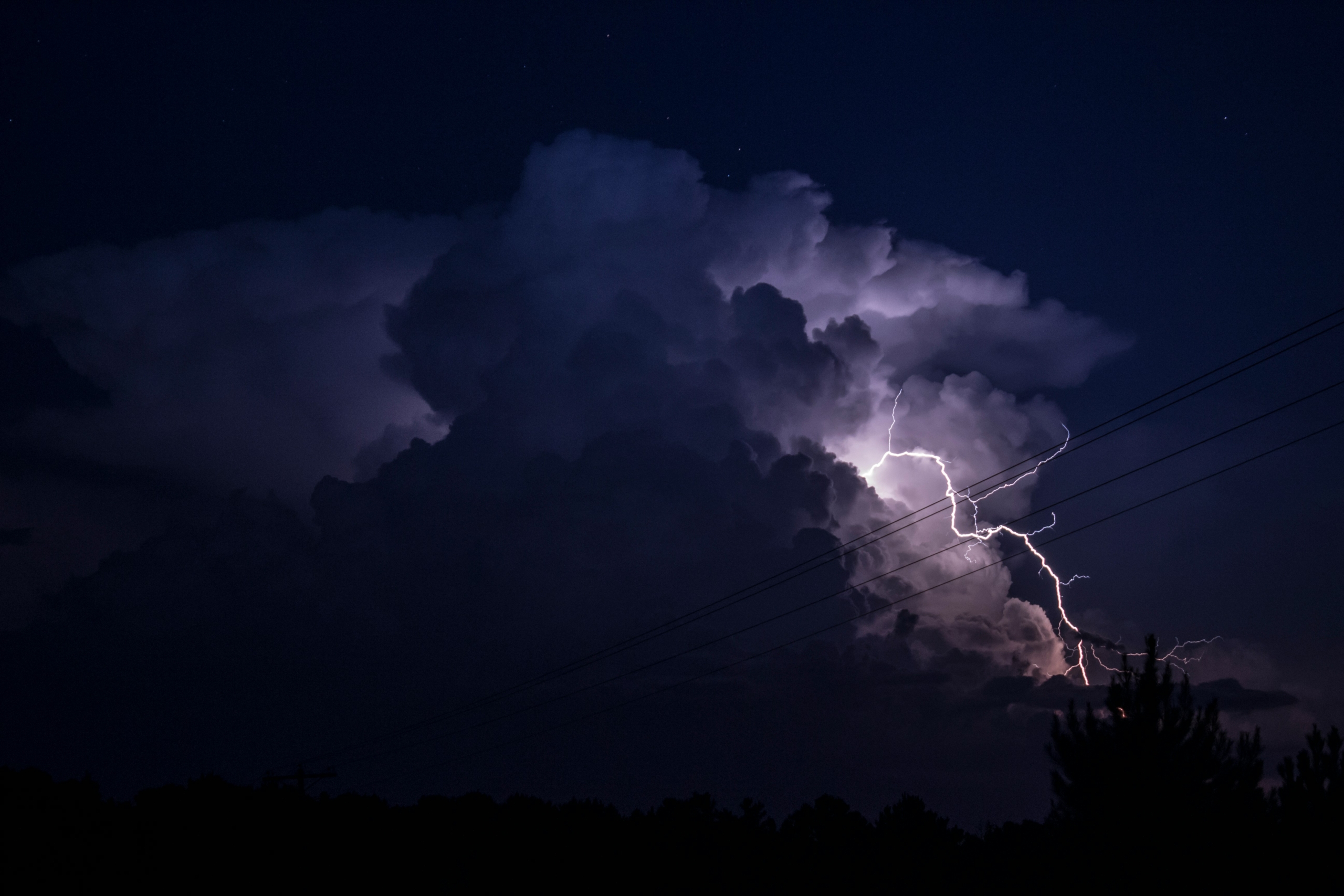

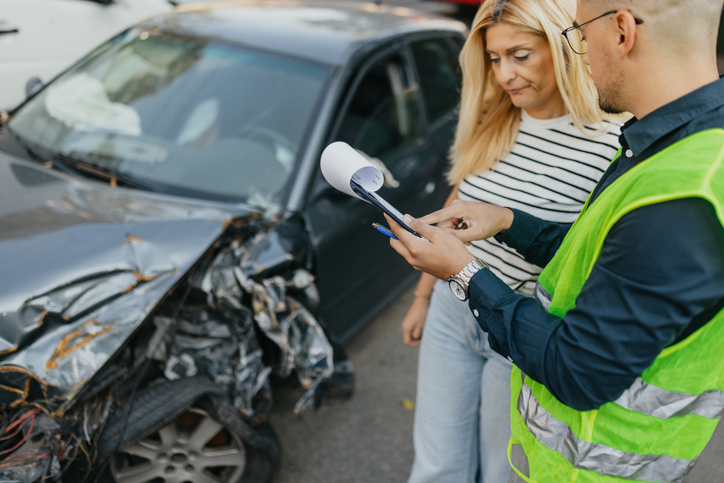
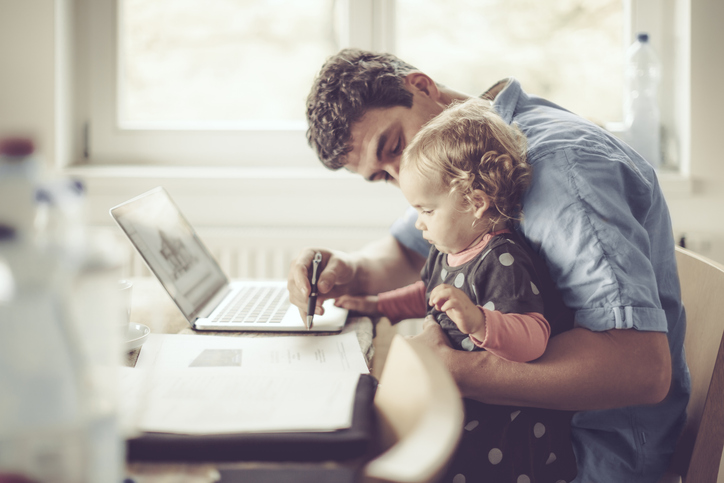

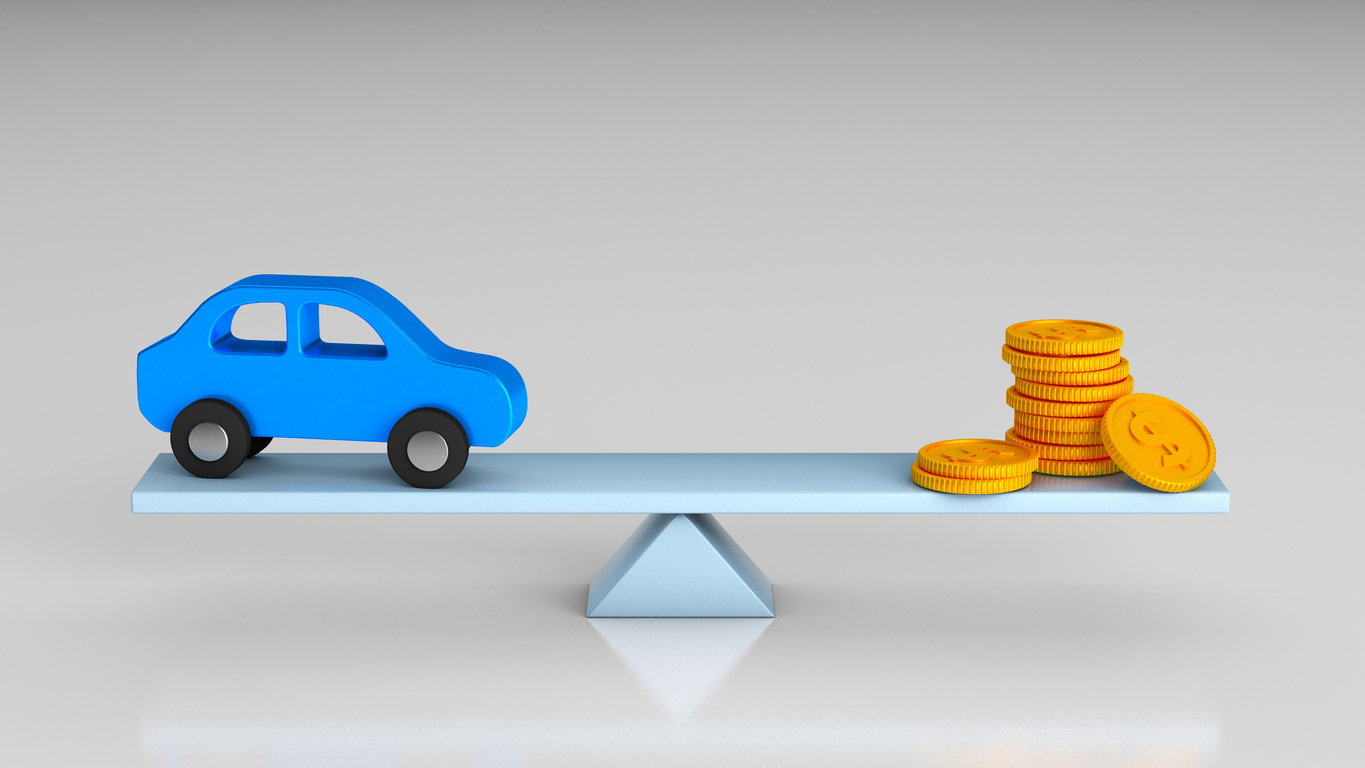
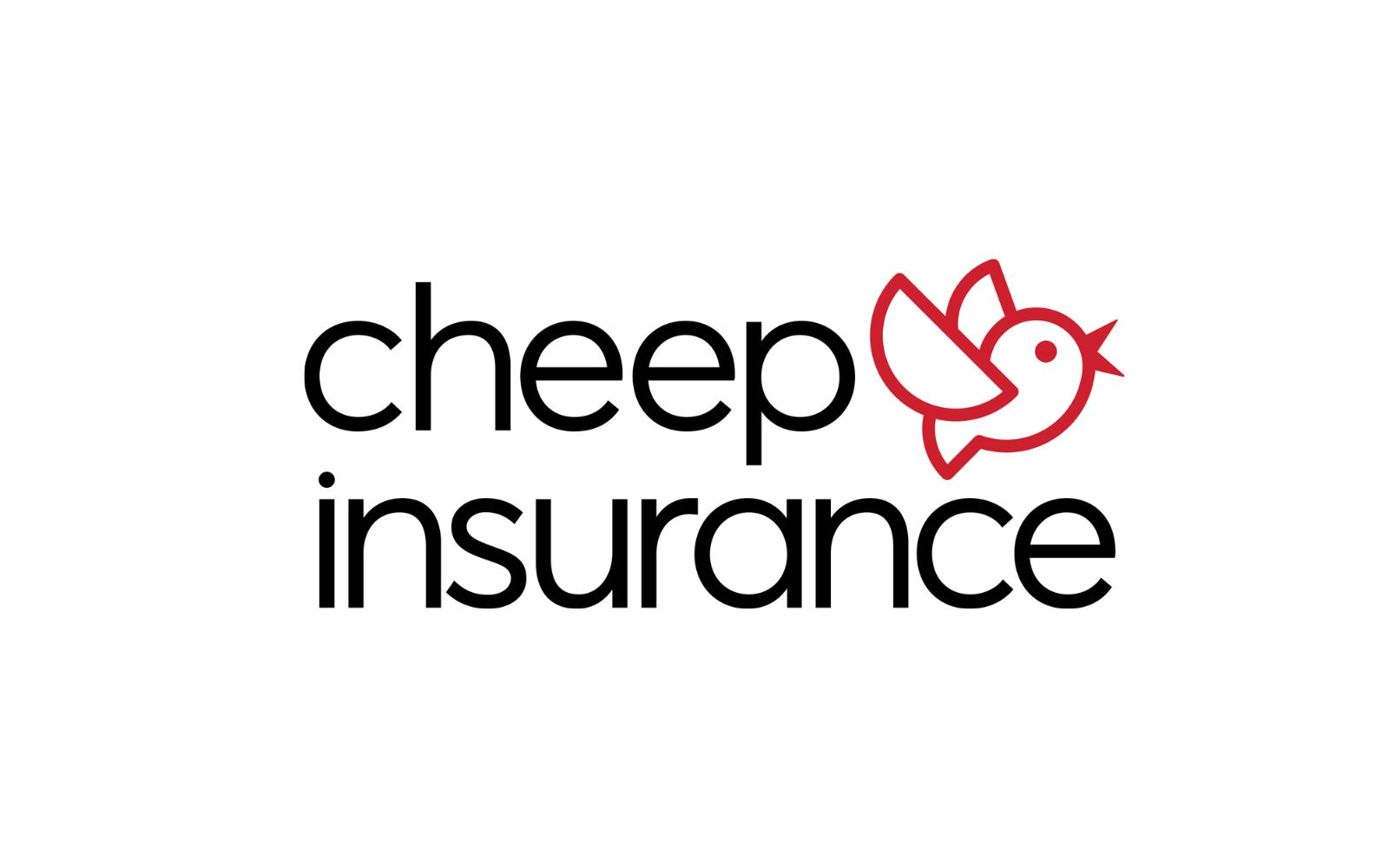


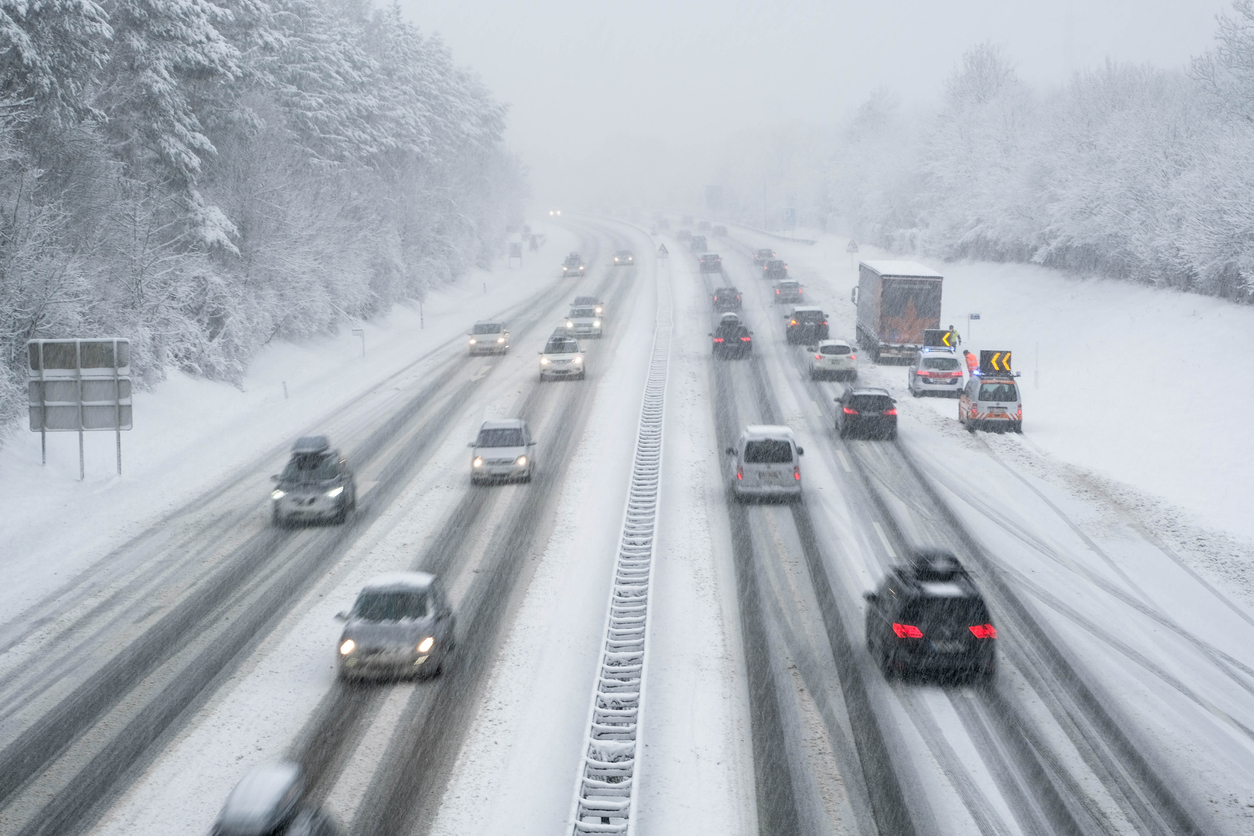
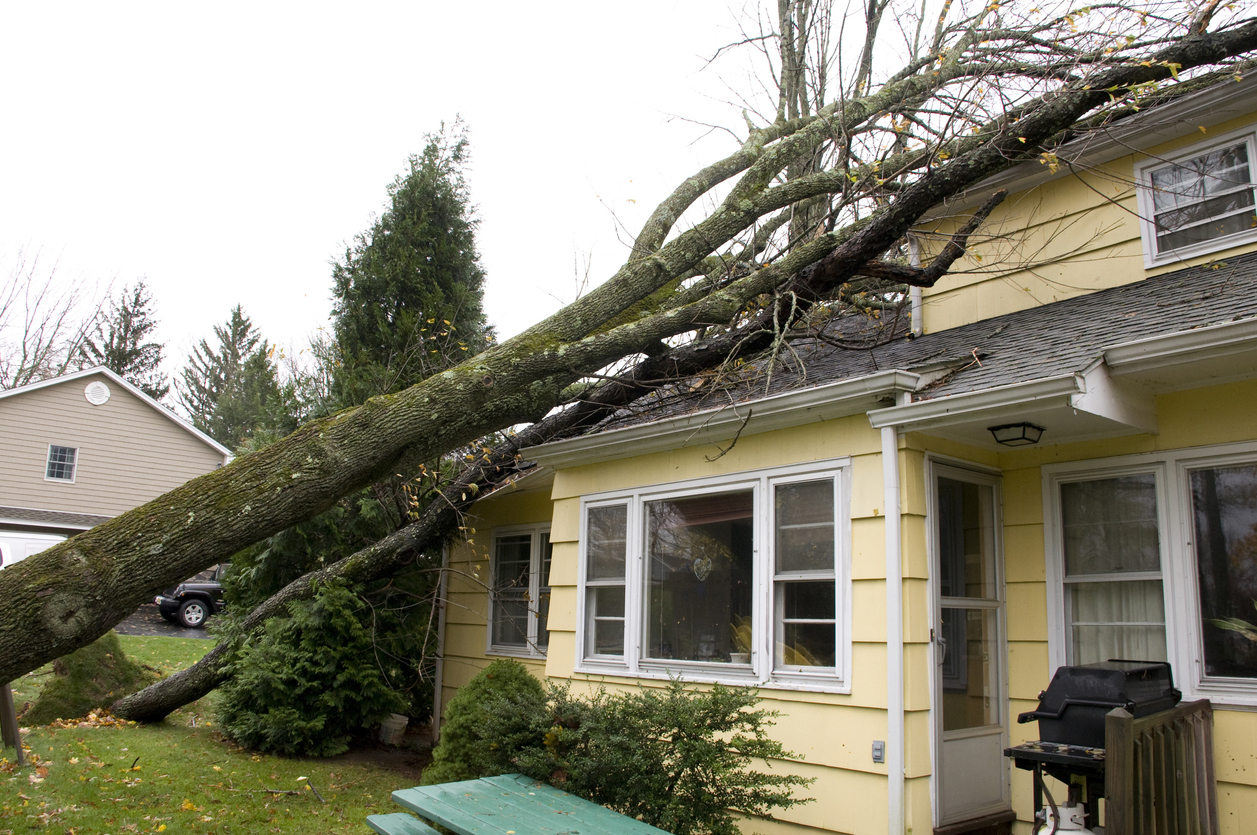
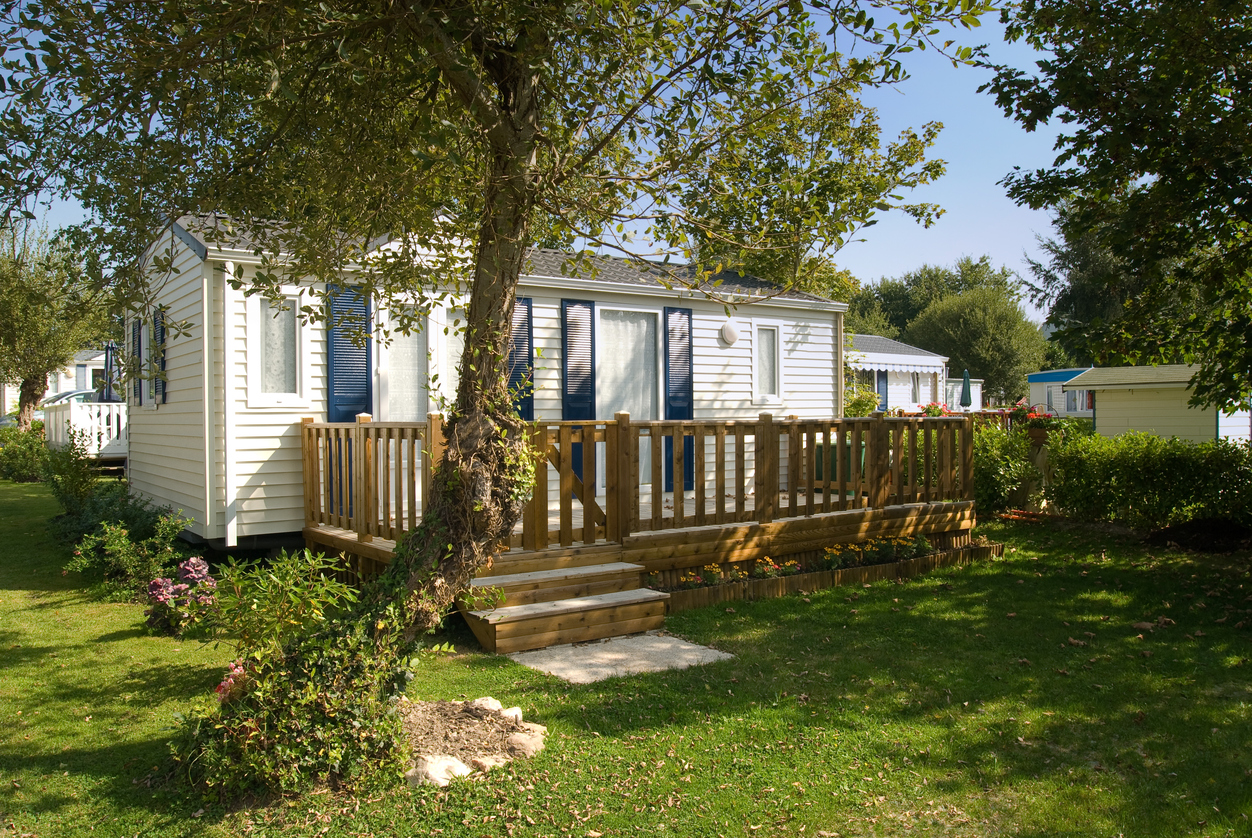

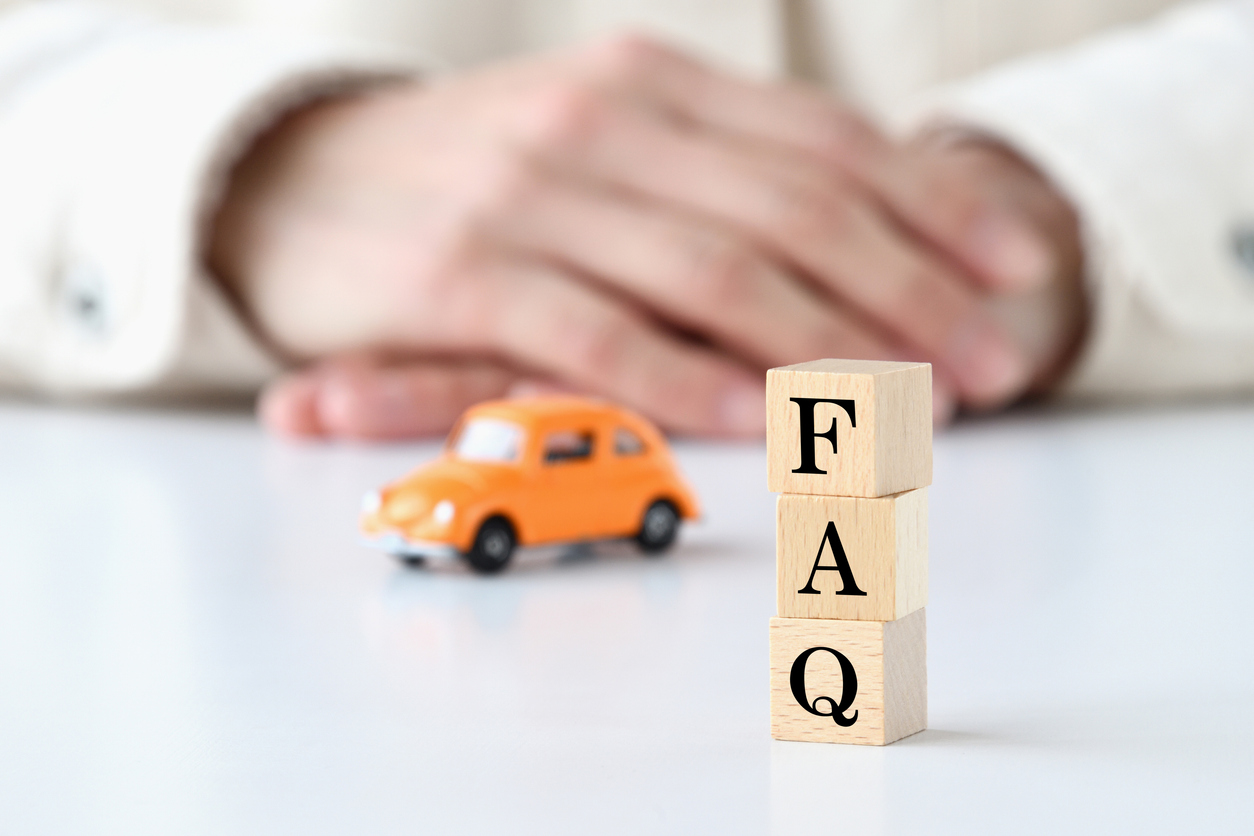
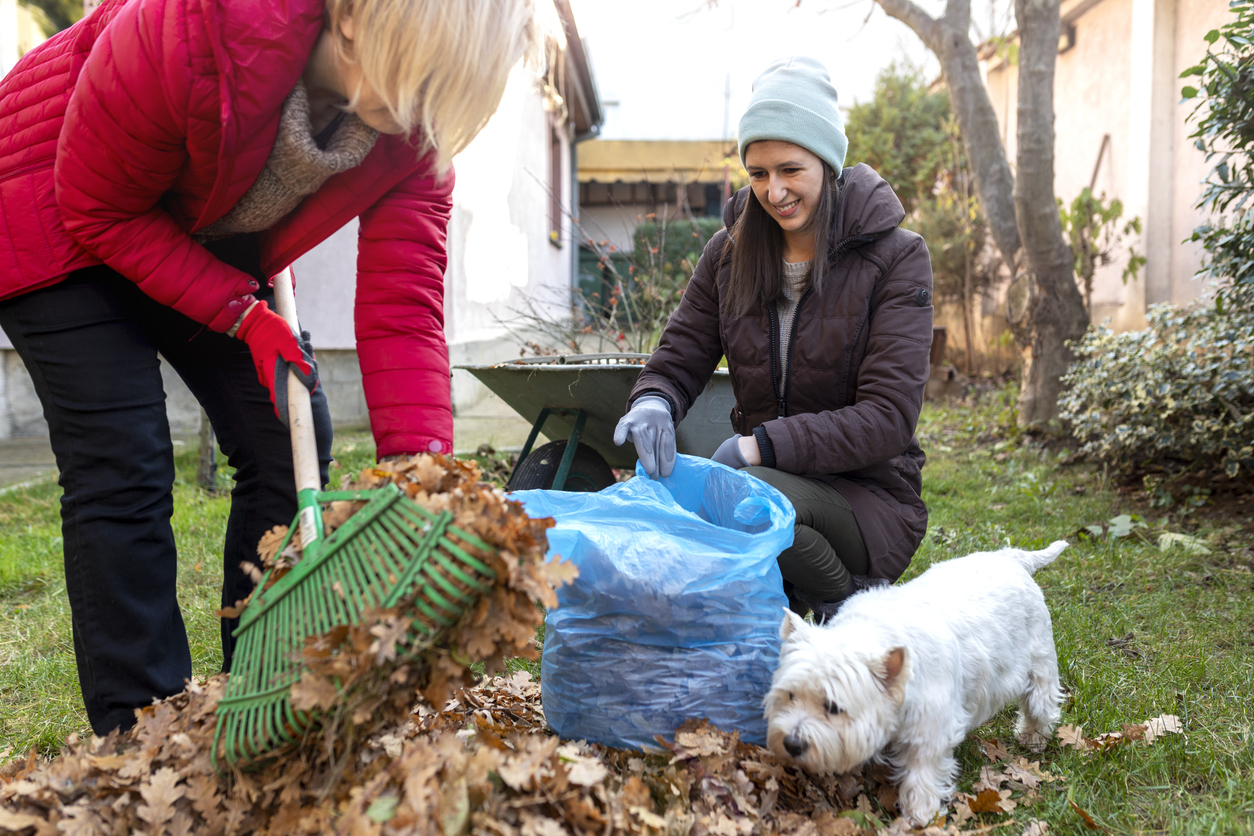


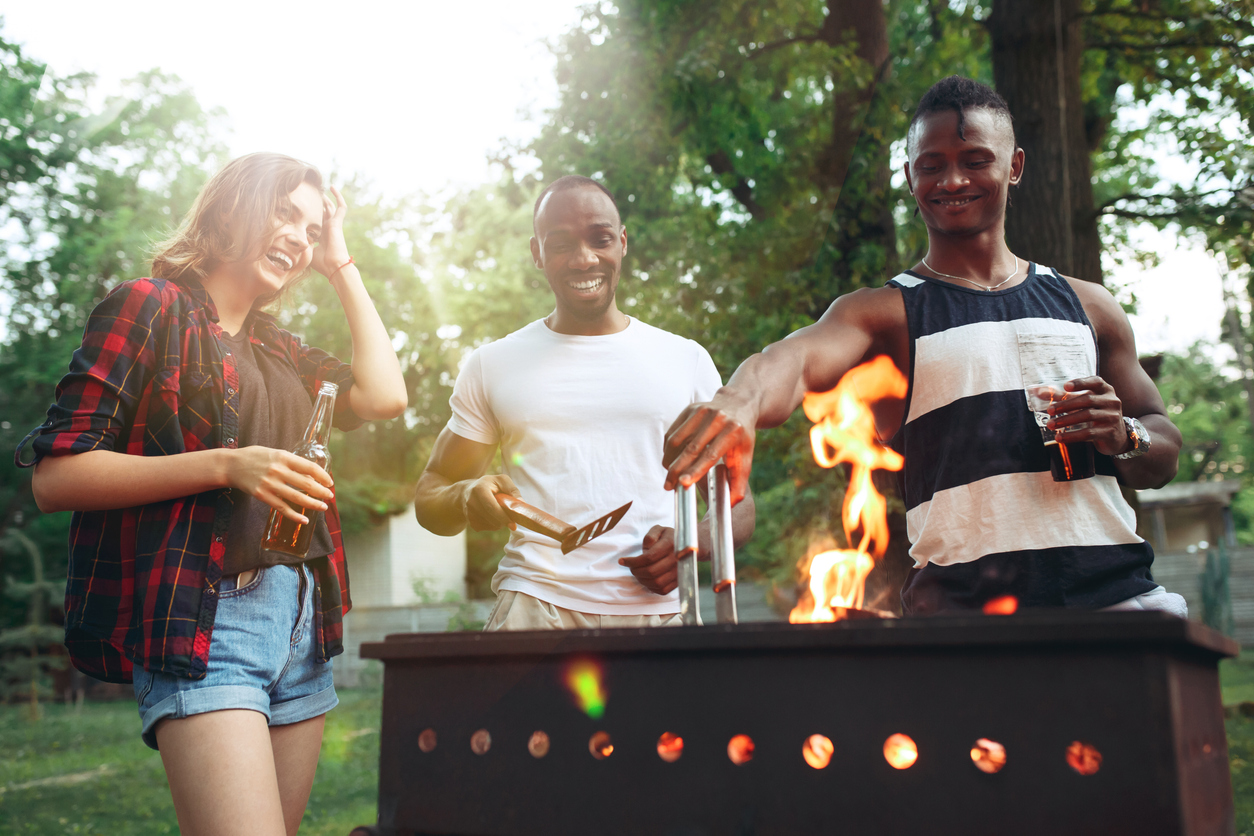
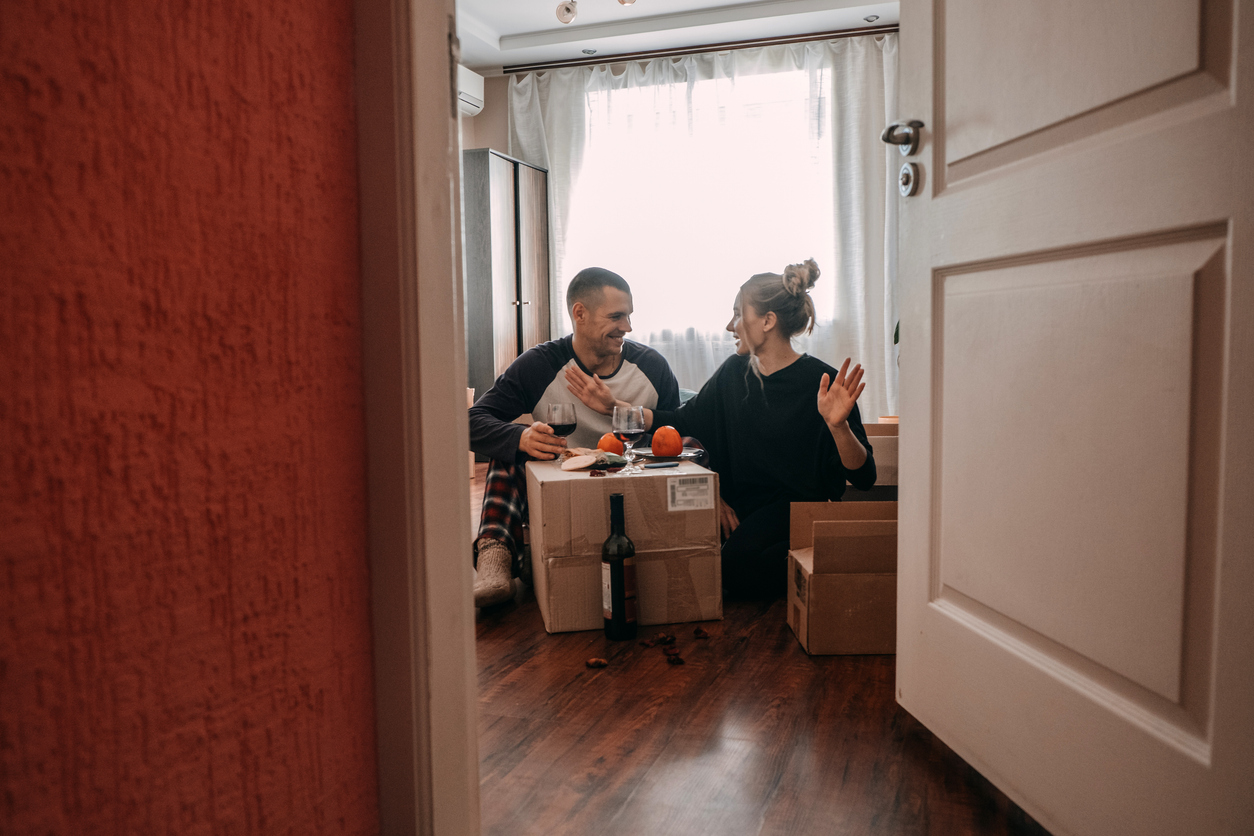
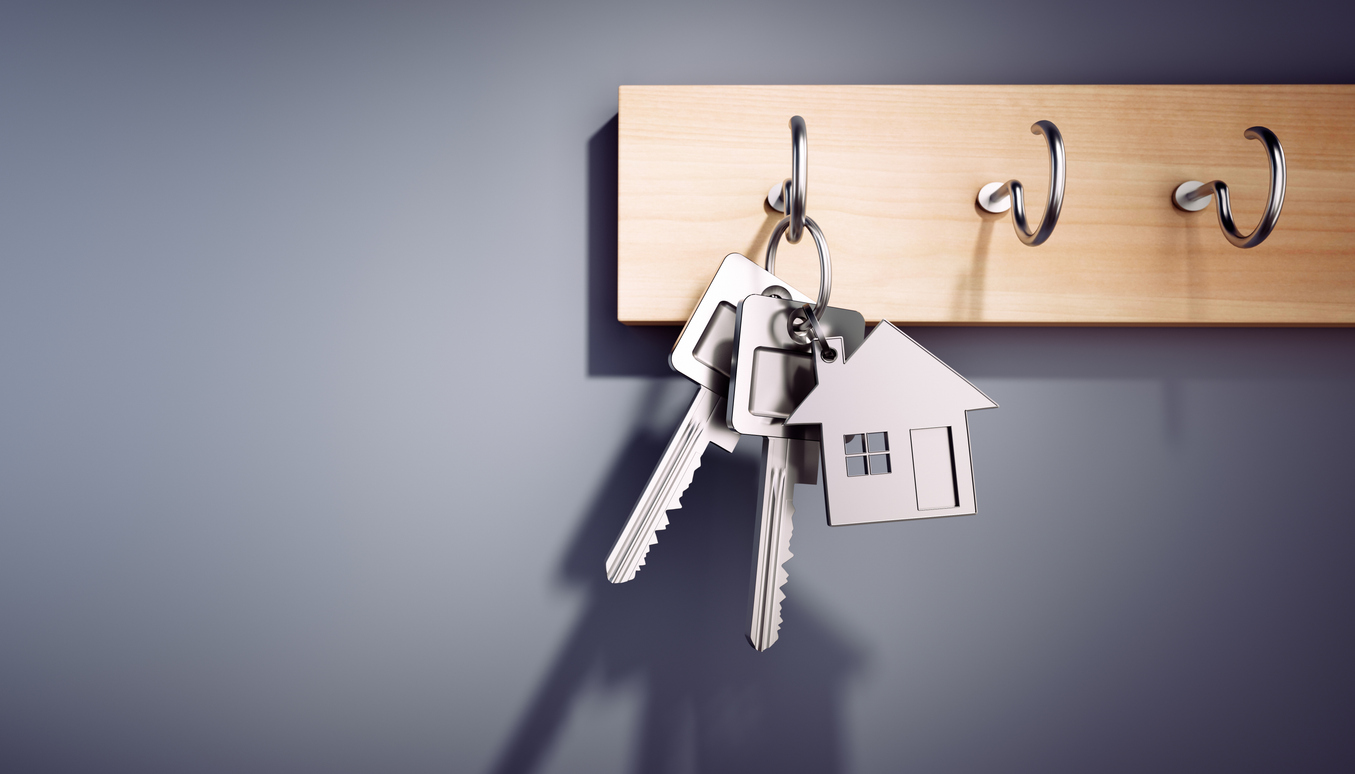
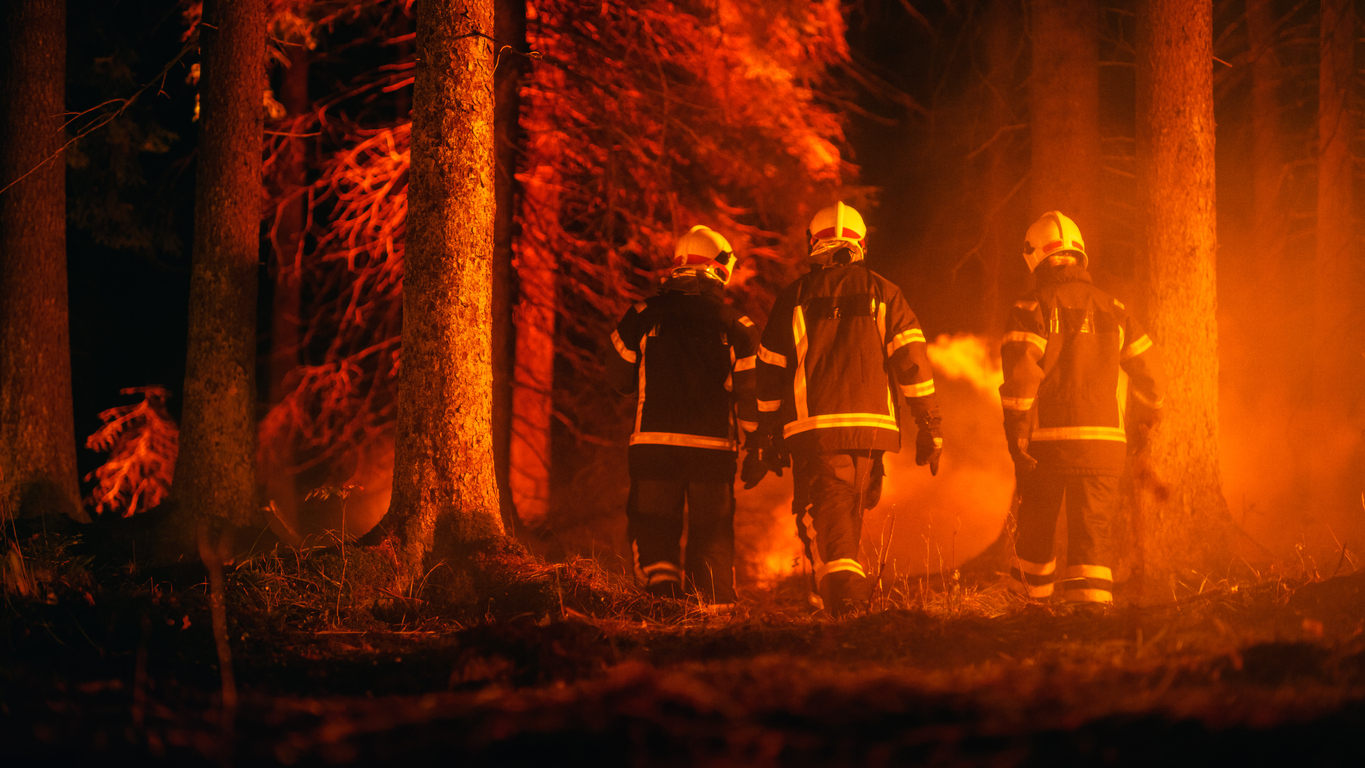


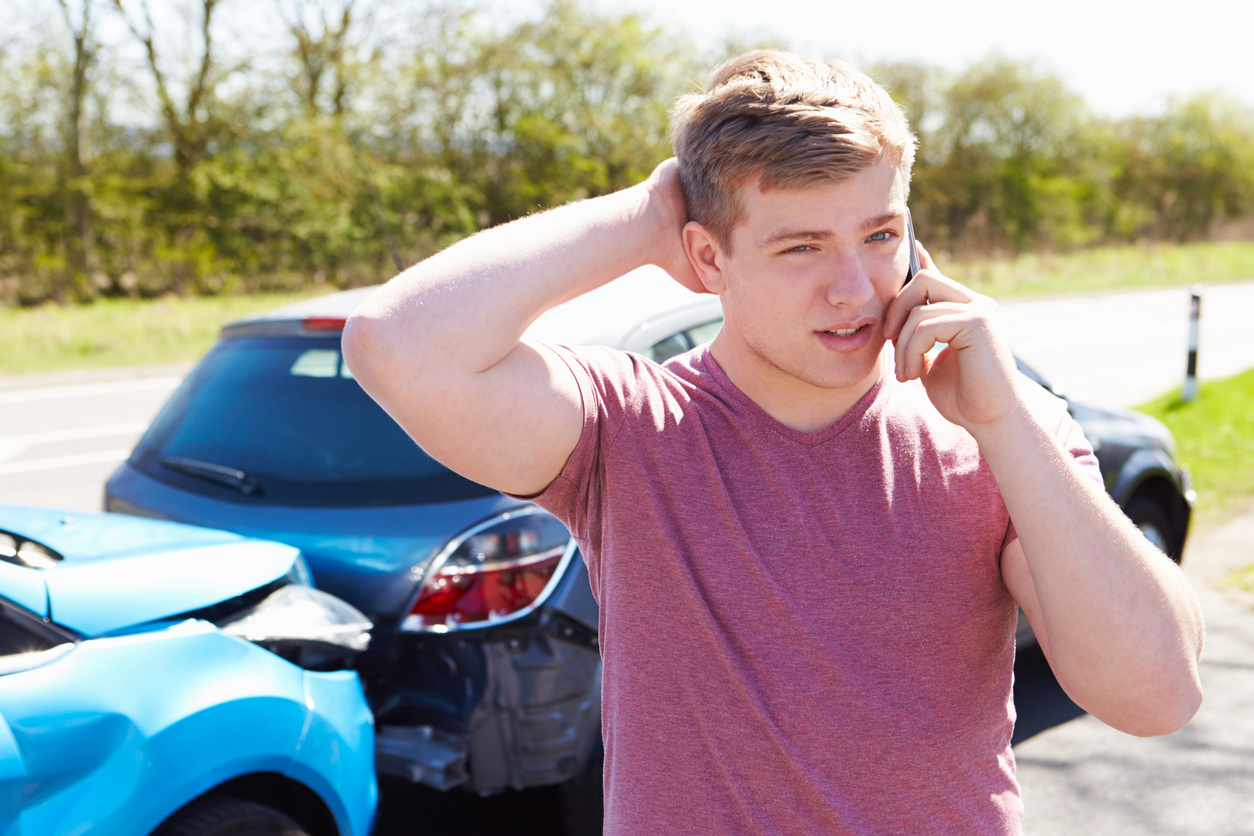
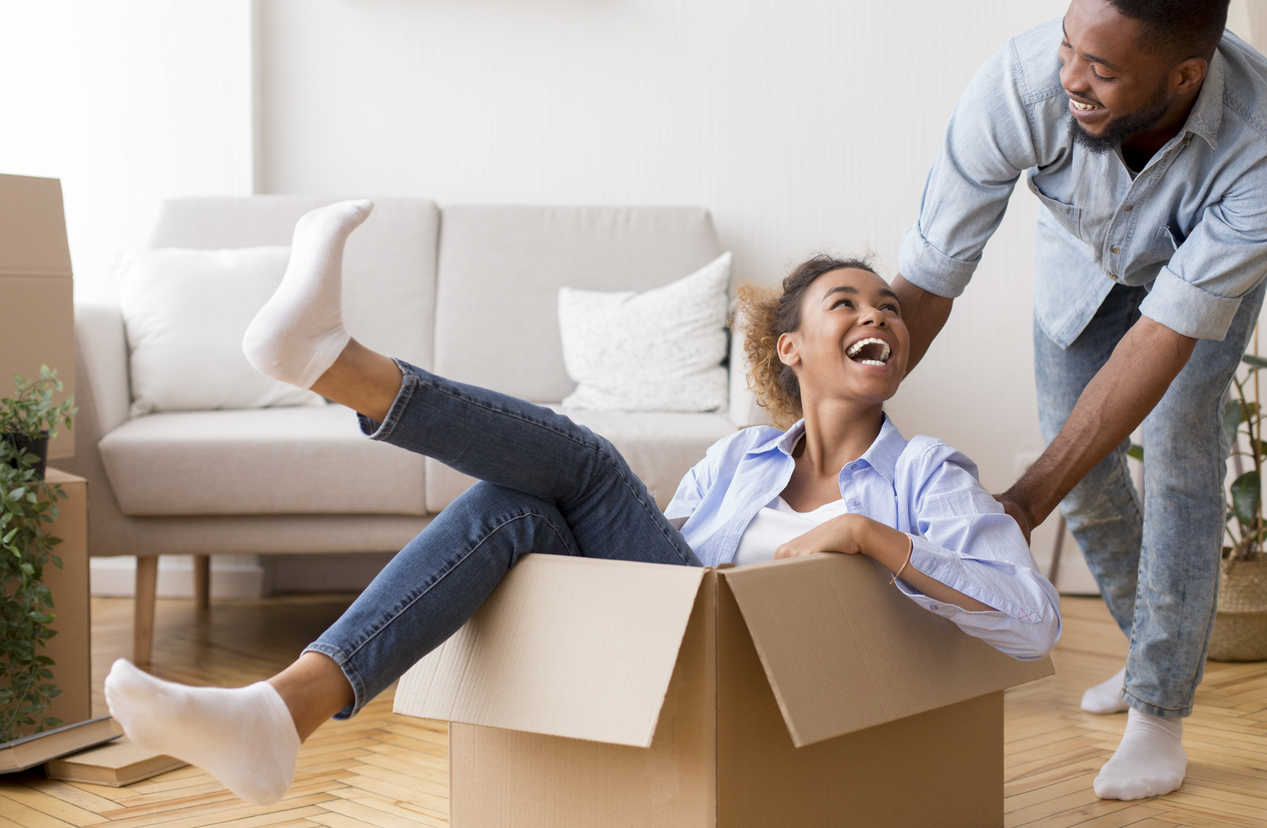


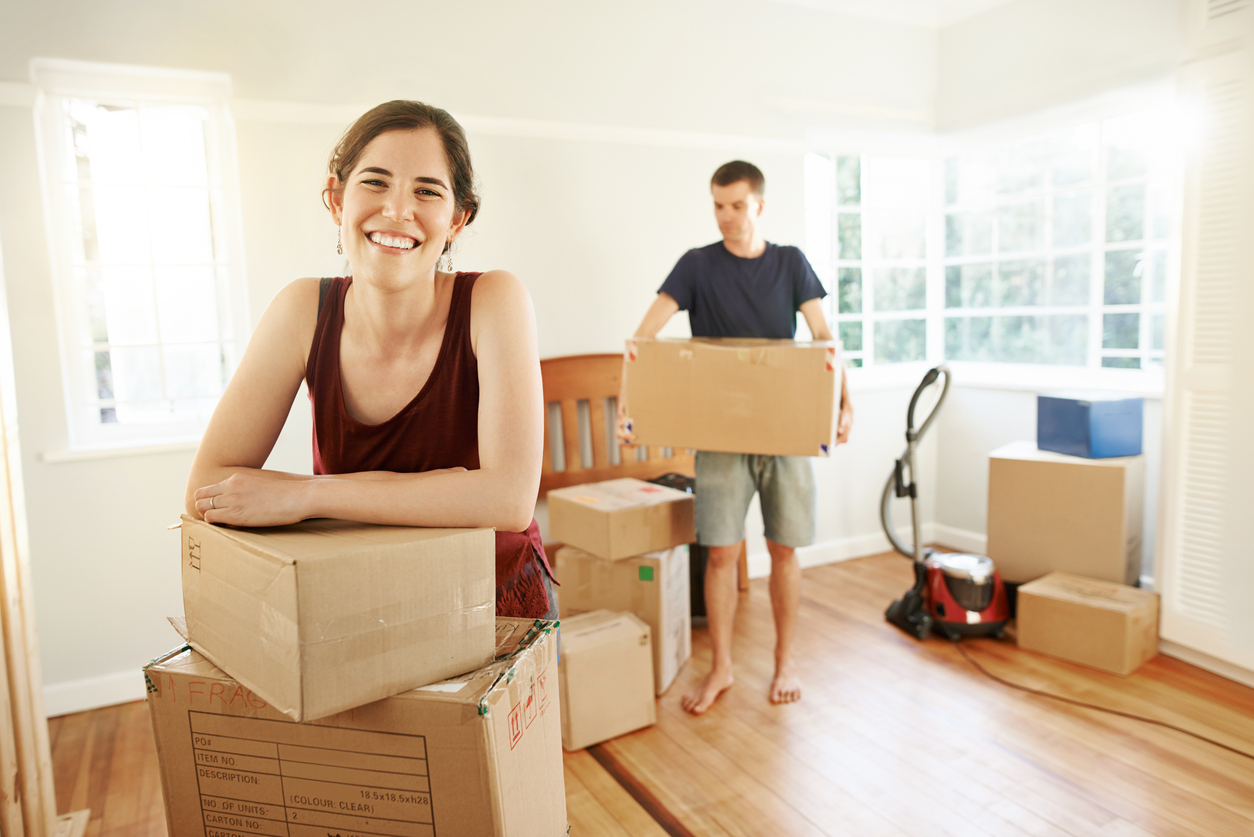





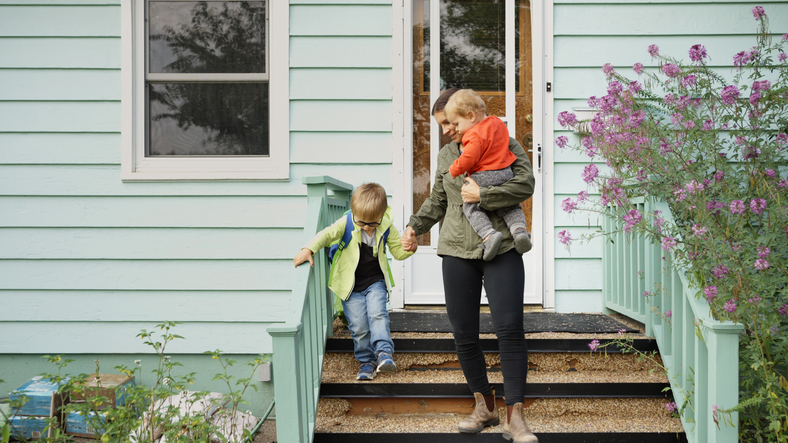
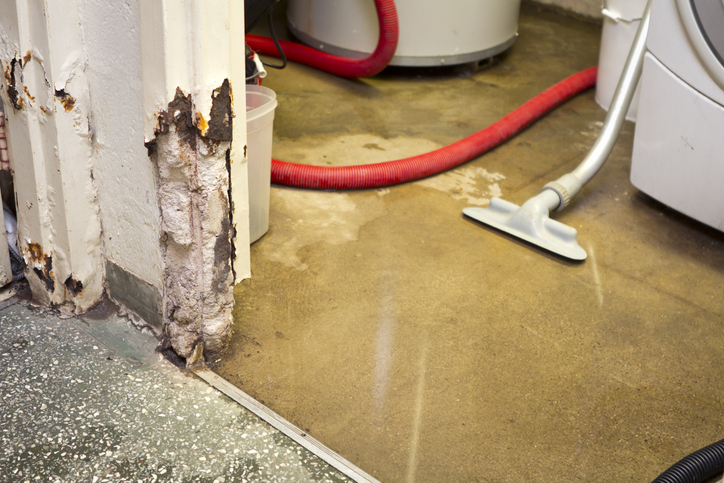
 Most policies insured with Cheep Insurance are Agency Bill/IFS financed policies. You can determine who manages your payments by following the directions below. If you are still not sure who manages your payments, call our team as funds paid directly to the insurance company when they should go to IFS will cause large delays.
Most policies insured with Cheep Insurance are Agency Bill/IFS financed policies. You can determine who manages your payments by following the directions below. If you are still not sure who manages your payments, call our team as funds paid directly to the insurance company when they should go to IFS will cause large delays.